Temple Expiatori de la Sagrada Família
( Sagrada Família )
The Basílica i Temple Expiatori de la Sagrada Família, otherwise known as Sagrada Família, is a church under construction in the Eixample district of Barcelona, Catalonia, Spain. It is the largest unfinished Catholic church in the world. Designed by Catalan architect Antoni Gaudí (1852–1926), his work on Sagrada Família is part of a UNESCO World Heritage Site. On 7 November 2010, Pope Benedict XVI consecrated the church and proclaimed it a minor basilica.
On 19 March 1882, construction of the Sagrada Família began under architect Francisco de Paula del Villar. In 1883, when Villar resigned, Gaudí took over as chief architect, transforming the project with his architectural and engineering style, combining Gothic and curvilinear Art Nouveau forms. Gaudí devoted the remainder of his life to the project, and he is buried in the church's crypt. At the time of his death in 1926, less than a quarter of the project was complete.
Relyi...Read more
The Basílica i Temple Expiatori de la Sagrada Família, otherwise known as Sagrada Família, is a church under construction in the Eixample district of Barcelona, Catalonia, Spain. It is the largest unfinished Catholic church in the world. Designed by Catalan architect Antoni Gaudí (1852–1926), his work on Sagrada Família is part of a UNESCO World Heritage Site. On 7 November 2010, Pope Benedict XVI consecrated the church and proclaimed it a minor basilica.
On 19 March 1882, construction of the Sagrada Família began under architect Francisco de Paula del Villar. In 1883, when Villar resigned, Gaudí took over as chief architect, transforming the project with his architectural and engineering style, combining Gothic and curvilinear Art Nouveau forms. Gaudí devoted the remainder of his life to the project, and he is buried in the church's crypt. At the time of his death in 1926, less than a quarter of the project was complete.
Relying solely on private donations, the Sagrada Família's construction progressed slowly and was interrupted by the Spanish Civil War. In July 1936, anarchists from the FAI set fire to the crypt and broke their way into the workshop, partially destroying Gaudí's original plans. In 1939, Francesc de Paula Quintana took over site management, which was able to go on due to the material that was saved from Gaudí's workshop and that was reconstructed from published plans and photographs. Construction resumed to intermittent progress in the 1950s. Advancements in technologies such as computer-aided design and computerised numerical control (CNC) have since enabled faster progress and construction passed the midpoint in 2010. However, some of the project's greatest challenges remain, including the construction of five more spires, each symbolising an important Biblical figure in the New Testament. It was anticipated that the building would be completed by 2026, the centenary of Gaudí's death, but this has now been delayed due to the COVID-19 pandemic. Some aspects of it may only be finished by 2040.
Describing the Sagrada Família, art critic Rainer Zerbst said "it is probably impossible to find a church building anything like it in the entire history of art", and Paul Goldberger describes it as "the most extraordinary personal interpretation of Gothic architecture since the Middle Ages". The basilica is not the cathedral church of the Archdiocese of Barcelona, as that title belongs to the Cathedral of the Holy Cross and Saint Eulalia (Barcelona Cathedral).
The Sagrada Família was inspired by a bookseller, José María Bocabella, founder of Asociación Espiritual de Devotos de San José (Spiritual Association of Devotees of St. Joseph). After a visit to the Vatican in 1872, Bocabella returned from Italy with the intention of building a church inspired by the basilica at Loreto. The apse crypt of the church, funded by donations, was begun 19 March 1882, on the festival of St. Joseph, to the design of the architect Francisco de Paula del Villar, whose plan was for a Gothic revival church of a standard form. The apse crypt was completed before Villar's resignation on 18 March 1883, when Antoni Gaudí assumed responsibility for its design, which he changed radically.[1] Gaudi began work on the church in 1883 but was not appointed Architect Director until 1884.[citation needed]
20th centuryOn the subject of the extremely long construction period, Gaudí is said to have remarked: "My client is not in a hurry."[2] When Gaudí died in 1926, the basilica was between 15 and 25 percent complete.[3][4] After Gaudí's death, work continued under the direction of his main disciple Domènec Sugrañes i Gras until interrupted by the Spanish Civil War in 1936. Parts of the unfinished basilica and Gaudí's models and workshop were destroyed during the war. The present design is based on reconstructed versions of the plans that were burned in a fire as well as on modern adaptations. Since 1940, the architects Francesc Quintana, Isidre Puig Boada, Lluís Bonet i Garí and Francesc Cardoner have carried on the work. The illumination was designed by Carles Buïgas. The director until 2012 was the son of Lluís Bonet, Jordi Bonet i Armengol. Armengol began introducing computers into the design and construction process in the 1980s.[citation needed]
21st century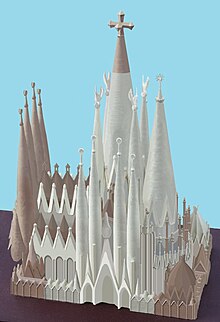 In this model, the remaining parts to be built are shown in brown (2023).
In this model, the remaining parts to be built are shown in brown (2023).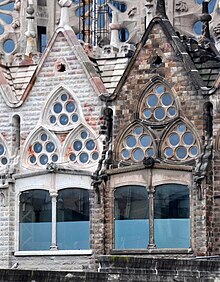 New stonework at the Sagrada Família (left) is visible against the stained and weathered older sections (right).
New stonework at the Sagrada Família (left) is visible against the stained and weathered older sections (right).The central nave vaulting was completed in 2000 and the main tasks since then have been the construction of the transept vaults and apse. In 2002, the Sagrada Família Schools building was relocated from the eastern corner of the site to the southern corner, and began housing an exhibition. The school was originally designed by Gaudí in 1909 for the children of the construction workers.[citation needed]
As of 2006[update], work concentrated on the crossing and supporting structure for the main steeple of Jesus Christ as well as the southern enclosure of the central nave, which will become the Glory façade. Computer-aided design technology has allowed stone to be shaped off-site by a CNC milling machine, whereas in the 20th century the stone was carved by hand.[5] In 2008, some renowned Catalan architects advocated halting construction[6] to respect Gaudí's original designs, which, although they were not exhaustive and were partially destroyed, have been partially reconstructed in recent years.[7]
Since 2013, AVE high-speed trains have passed near the Sagrada Família through a tunnel that runs beneath the centre of Barcelona. The tunnel's construction, which began on 26 March 2010, was controversial. The Ministry of Public Works of Spain (Ministerio de Fomento) claimed the project posed no risk to the church.[8][9] Sagrada Família engineers and architects disagreed, saying there was no guarantee that the tunnel would not affect the stability of the building. The Board of the Sagrada Família (Patronat de la Sagrada Família) and the neighborhood association AVE pel Litoral (AVE by the Coast) led a campaign against this route for the AVE, without success.[citation needed] In October 2010, the tunnel boring machine reached the church underground under the location of the building's principal façade.[8] Service through the tunnel was inaugurated on 8 January 2013.[10] Track in the tunnel makes use of a system by Edilon Sedra in which the rails are embedded in an elastic material to dampen vibrations.[11]
The main nave was covered and an organ installed in mid-2010, allowing the still-unfinished building to be used for liturgies.[12] The church was consecrated by Pope Benedict XVI on 7 November 2010 in front of a congregation of 6,500 people.[13] A further 50,000 people followed the consecration Mass from outside the basilica, where more than 100 bishops and 300 priests were on hand to distribute Holy Communion.[14]
In 2012, Barcelona-born Jordi Faulí i Oller took over as architect of the project.[15][16] Mark Burry of New Zealand serves as Executive Architect and Researcher.[17] Sculptures by J. Busquets, Etsuro Sotoo and the controversial Josep Maria Subirachs decorate the fantastical façades.[citation needed]
Chief architect Jordi Faulí announced in October 2015 that construction was 70 percent complete and had entered its final phase of raising six immense steeples. The steeples and most of the church's structure were planned be completed by 2026, the centennial of Gaudí's death; as of a 2017 estimate, decorative elements should be complete by 2030 or 2032.[18][failed verification] Visitor entrance fees of €15 to €20 finance the annual construction budget of €25 million.[19] Completion of the structure will use post-tensioned stone.[20]
Starting on 9 July 2017, an international mass is celebrated at the basilica every Sunday and holy day of obligation, at 9 a.m., and is open to the public (until the church is full). Occasionally, Mass is celebrated at other times, where attendance requires an invitation. When masses are scheduled, instructions to obtain an invitation are posted on the basilica's website. In addition, visitors may pray in the chapel of the Blessed Sacrament and Penitence.[21]
The stone initially used in its construction came from the Montserrat mountains. Until recently, the stone began to become more fragile the deeper they quarried, so an alternative source had to be found to complete the construction. In 2018, the stone type needed for the construction was found in a quarry in Brinscall, near Chorley, England.[22]
Historical photographs of the Sagrada Família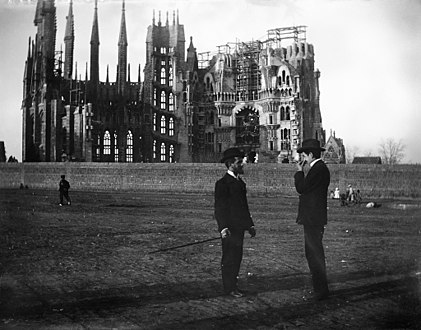
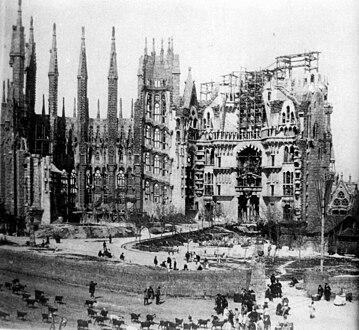


![2019 [23]](http://upload.wikimedia.org/wikipedia/commons/thumb/f/f3/Sagrada_Fam%C3%ADlia_%282019%29.jpg/247px-Sagrada_Fam%C3%ADlia_%282019%29.jpg)


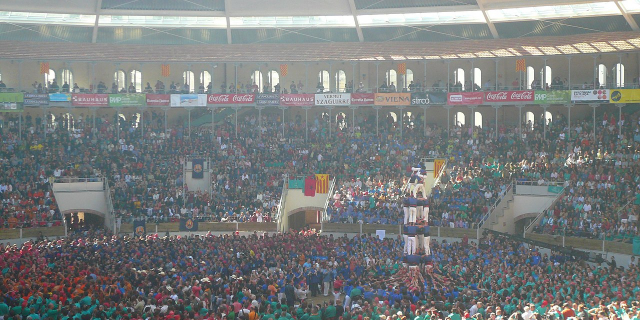


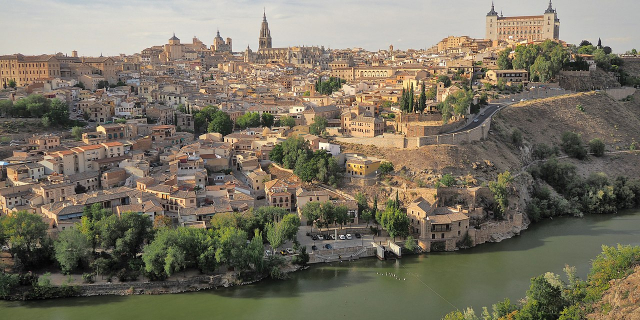



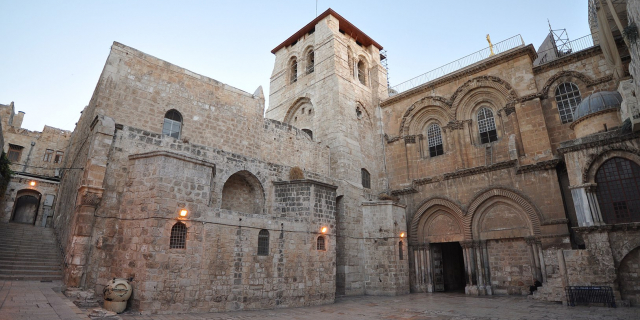
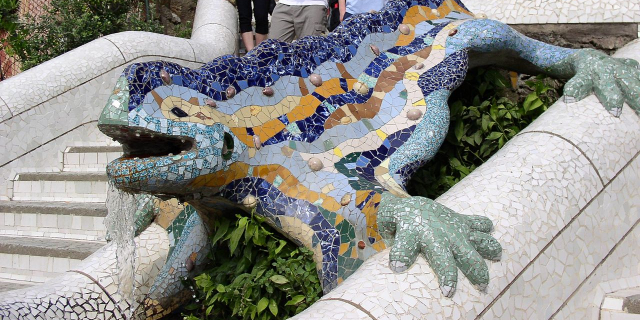
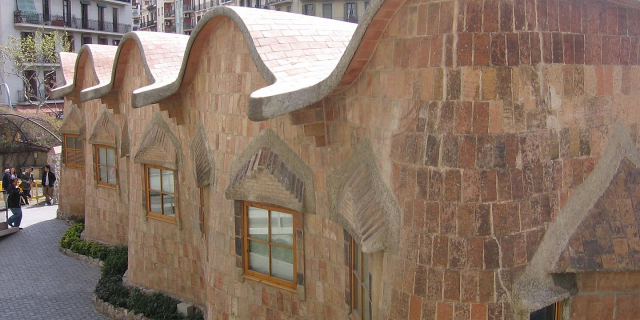









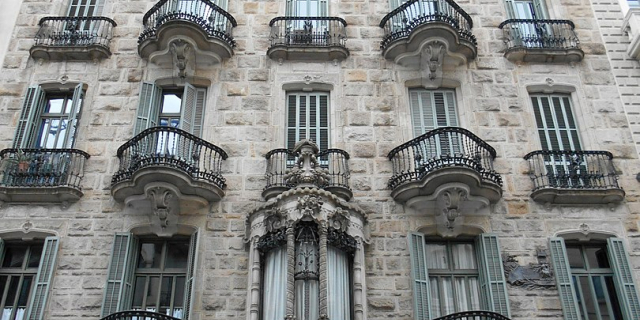
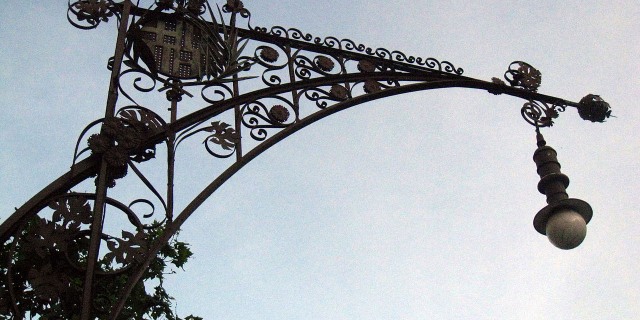

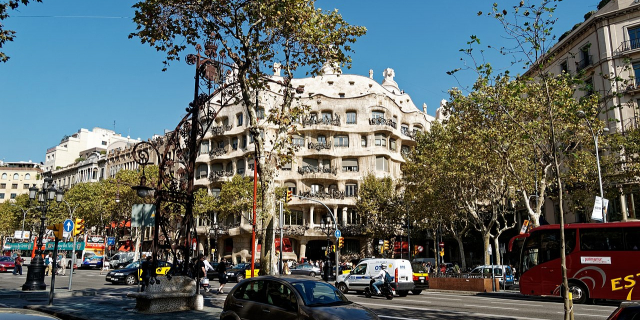

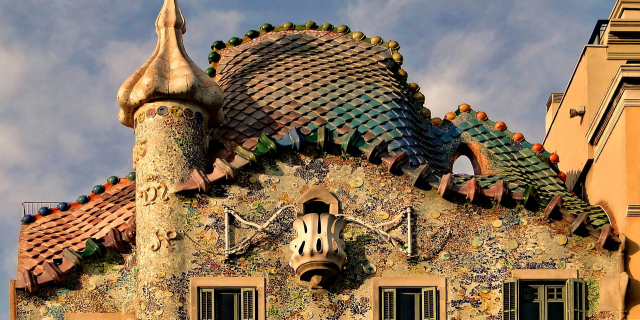
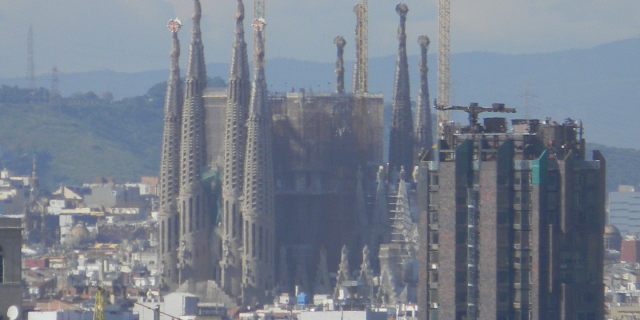

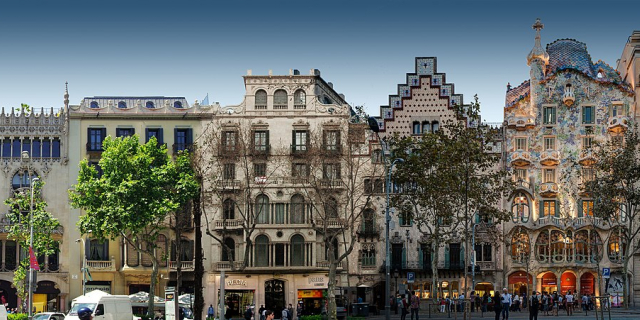
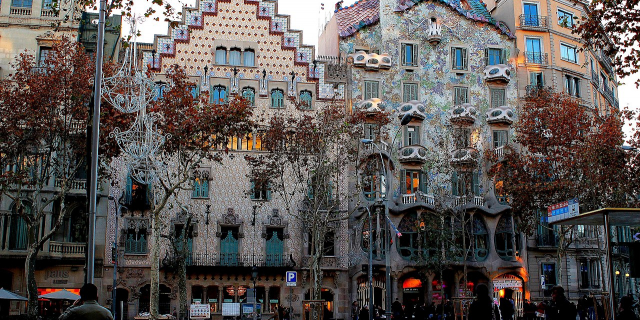

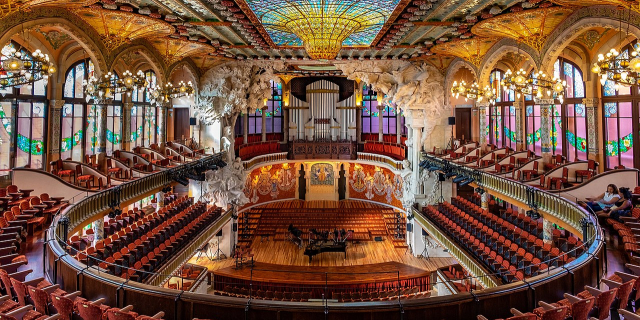


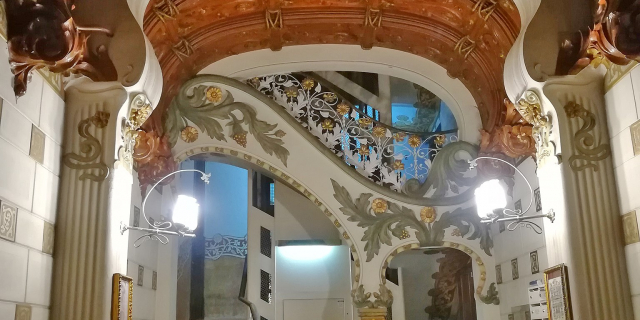


Add new comment